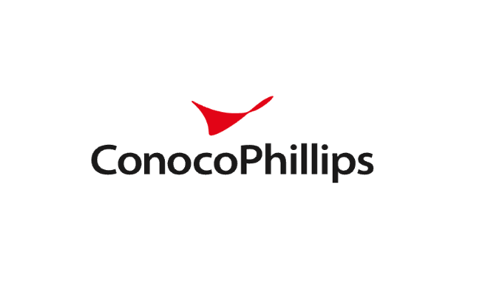ConocoPhillips plans to spend nearly $4 billion to more than double its global LNG footprint in the coming decade as part of what executives described this week as a diverse, durable portfolio that can cater to rapidly changing markets.
In all, the company expects to spend $3.7 billion on LNG over the next 10 years, with $1.9 billion earmarked for the Sempra-led Port Arthur LNG export terminal in Texas. ConocoPhillips holds a 30% equity stake in the recently sanctioned project and has agreed to purchase 5 million tons per year of LNG from the 13 million ton per year facility once it comes online, scheduled for 2027. The US independent is also on tap to manage Port Arthur’s feed gas supply.
Since a final investment decision (FID) was announced last month for the Port Arthur project, ConocoPhillips has seen “significant customer interest” for its offtake, CFO Bill Bullock said during the company’s analyst day presentation this week.
Oil & Gas permits Download
JEFFERSON County Air Permits
In addition, ConocoPhillips has options to participate in future expansions at Port Arthur as well as the second phase of Sempra’s Energia Costa Azul LNG export project on the West Coast of Mexico. However, Bullock noted the company is currently more interested in marketing its volumes from Port Arthur than seeking additional offtake or equity.
“When you have 5 million tons of length, you should be looking for us to be explaining what we’re doing to place those before taking out additional length,” he said.
Market Development
ConocoPhillips won’t be starting from scratch when it comes to finding a home for those volumes, however. The company had already spent a fair amount of time and effort developing markets in both Asia and Europe before Port Arthur reached FID, Bullock said.
For example, ConocoPhillips last year booked regasification capacity at the planned German LNG project in northern Germany; one month later, it signed a deal to supply the facility with LNG from Qatar, where it is a partner on the QatarEnergy-led North Field East and North Field South projects.
But only a portion of ConocoPhillips’ capacity at German LNG will be filled by supply from Qatar, meaning additional volumes could be sourced from Port Arthur and secure the US Henry Hub benchmark to the Trading Hub Europe (THE) index, Bullock explained.
“But more than that, we’ve retained the upside of being able to convert these volumes if margins are better elsewhere around the world,” he said. “So that effectively delivers the higher of THE or rest of the world pricing for this portion of the volume.”
Executives also touted the company’s strong marketing network that includes six global commercial offices with LNG teams in Asia, Europe and Australia, differentiating ConocoPhillips from other E&Ps. But they also drew the line at trading spot volumes on par with the supermajors.
“That’s not what we’re trying to build in ConocoPhillips,” Lance said. “It really does just come down to the 5 million tons at Port Arthur and if we chose to take any capacity on the West Coast.”
Balancing Act
Despite the rosy outlook for LNG, ConocoPhillips’ projections will still see it produce mostly oil over the next 10 years. On average, oil is expected to make up 55% of its portfolio through 2032; natural gas is to comprise 30%, split evenly between North American and international supply.
That geographic spread is another key differentiator of ConocoPhillips; the company currently produces 6 million tons/yr from its Qatar and Australia projects. Combined with Port Arthur and the potential Costa Azul option, that will give the company multiple access points to both Atlantic and Pacific basin demand centers.
“I think it’s also worth noting that this is balanced,” Bullock said. “It’s balanced across the three largest regions for LNG supply: That’s Qatar, that’s Australia, and that’s the US.”
Conocophillips News


